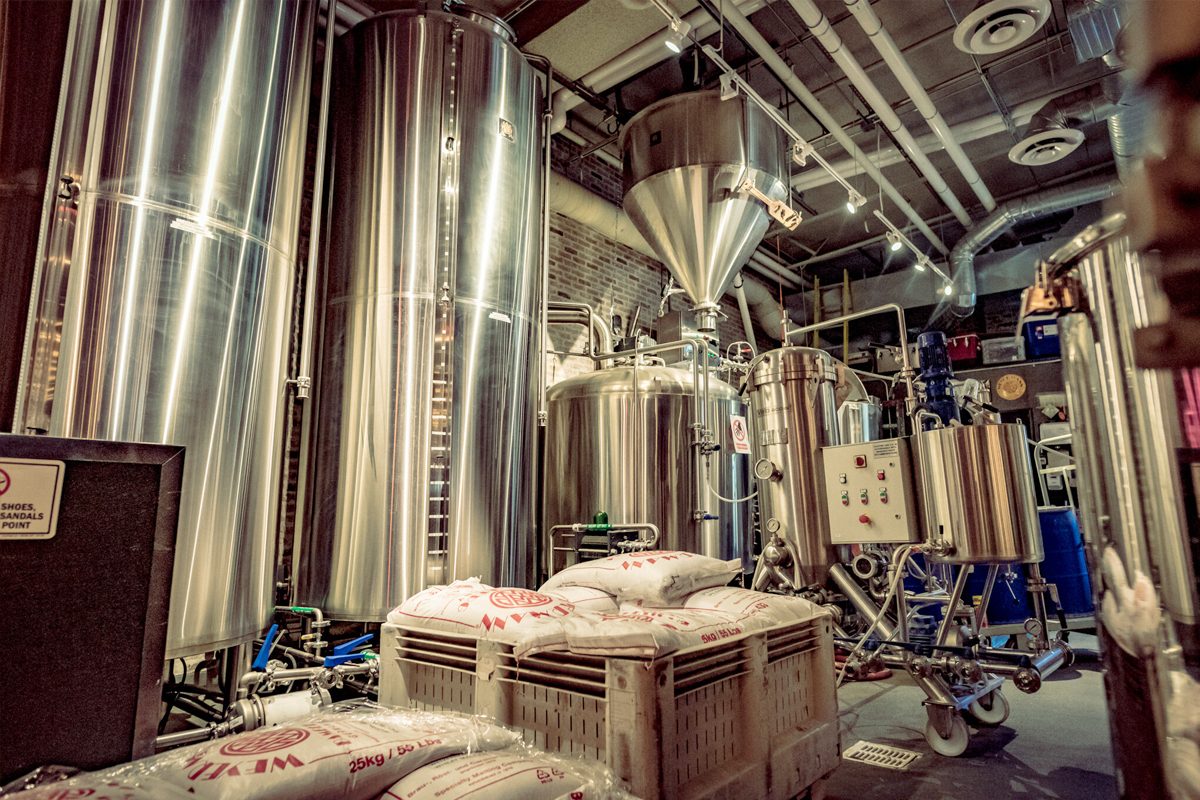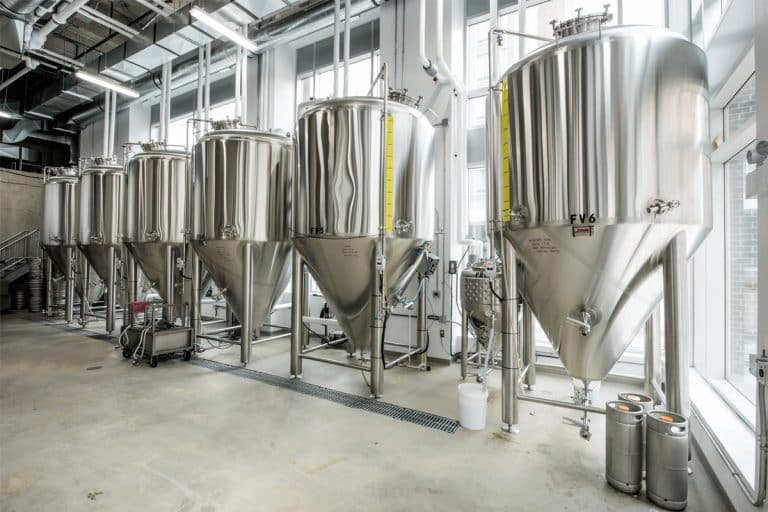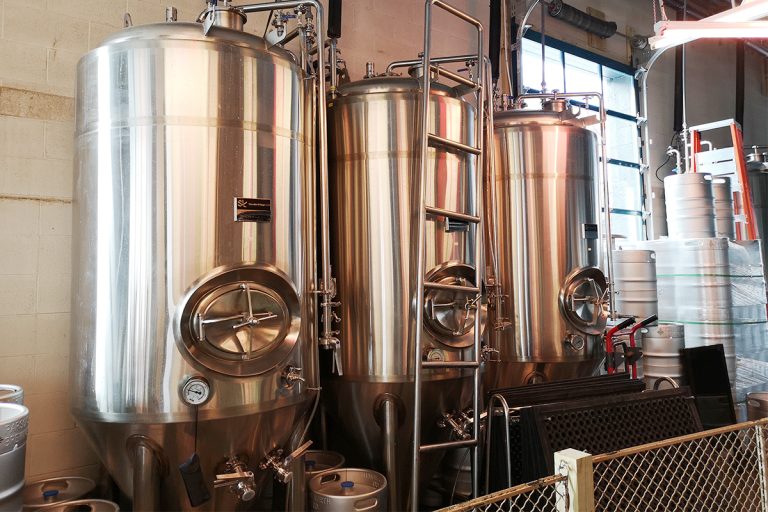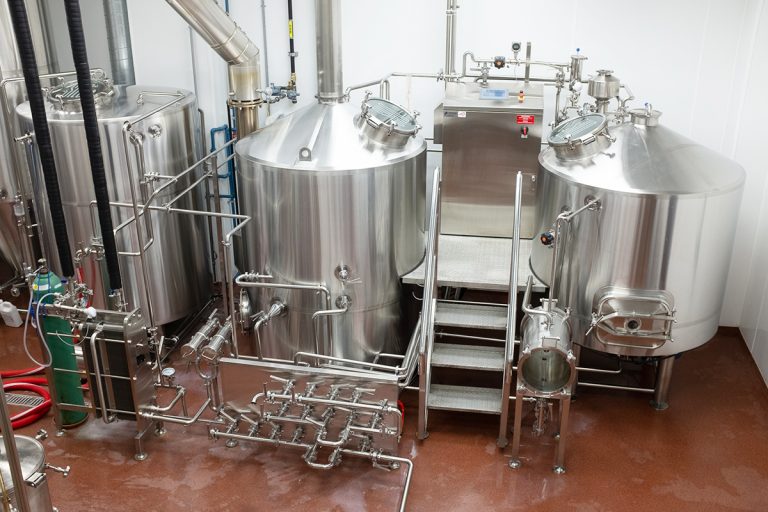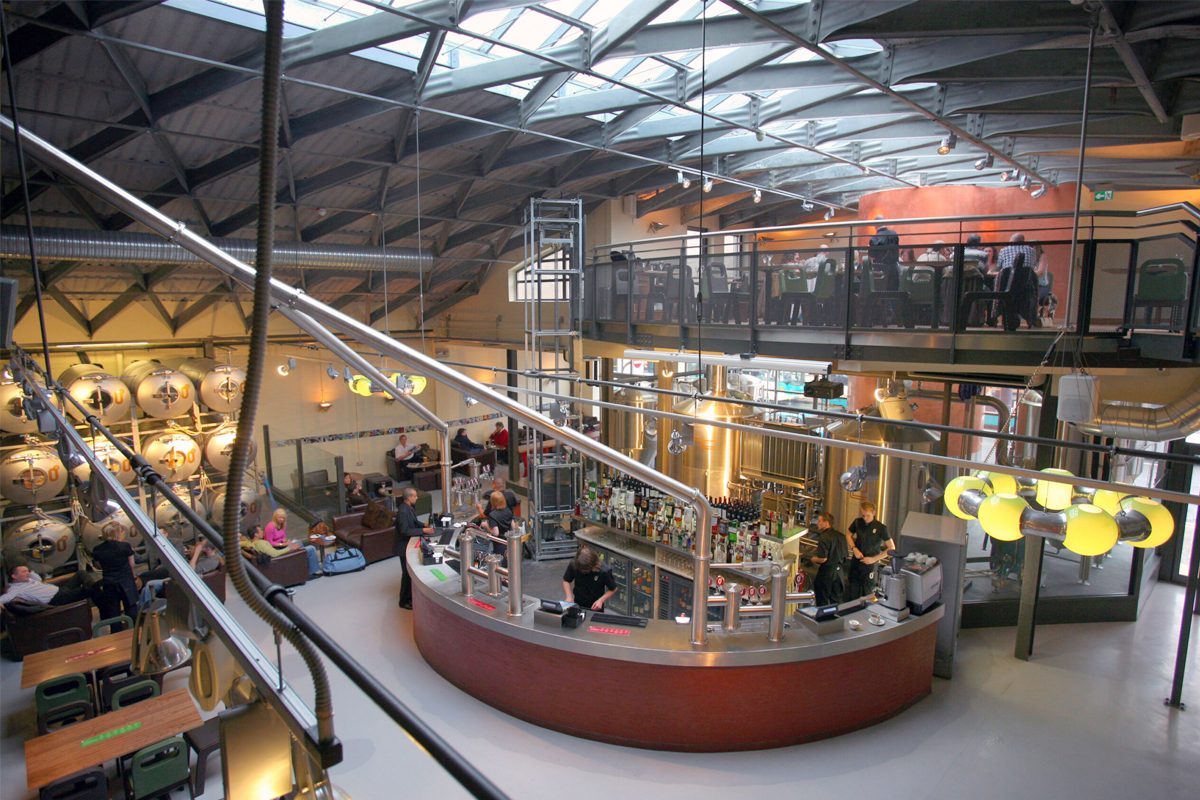
How to Build a Microbrewery?
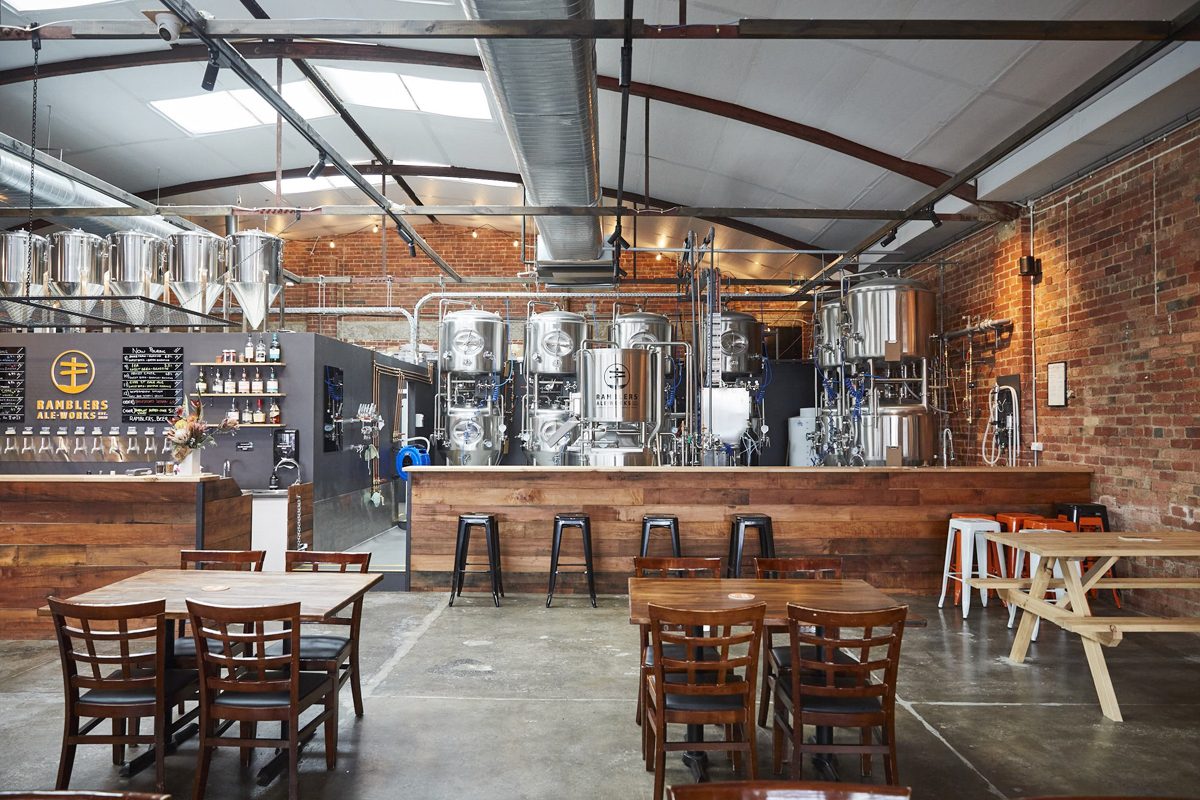
Planning Your Microbrewery
Define Your Vision and Goals
Conduct Market Research
Create a Business Plan
A well-crafted business plan can help secure financing and ensure the long-term success of your microbrewery. Your business plan should include:
- Executive Summary: A brief overview of your business, including your mission, vision, and goals.
- Market Analysis: Insights from your market research, including target demographics and competitor analysis.
- Product Line: Detailed descriptions of the beers you plan to produce, including potential seasonal or limited-edition offerings.
- Marketing Strategy: Plans for branding, advertising, and distribution.
- Operations Plan: An outline of your production process, equipment needs, and staffing requirements.
- Financial Plan: A detailed budget, including startup costs, revenue projections, and breakeven analysis.
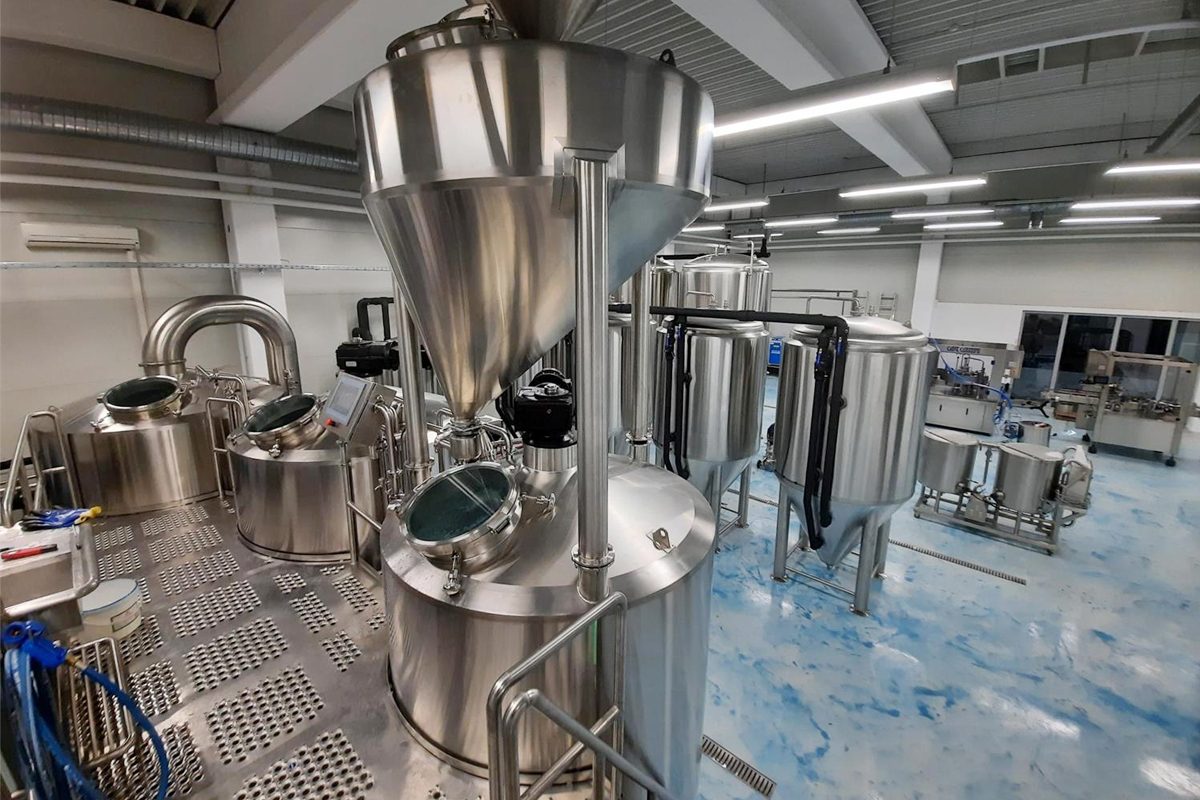
Legal and Regulatory Considerations
Licensing and Permits
Building a microbrewery involves navigating a complex web of local, state, and federal regulations. You’ll need to obtain various licenses and permits, including:
- Federal Brewer’s Notice: Issued by the Alcohol and Tobacco Tax and Trade Bureau (TTB), this is the primary federal license required to operate a brewery in the United States.
- State and Local Licenses: Each state has its licensing requirements, which may include additional permits for manufacturing, distributing, and selling alcohol. Local zoning laws may also impact where you can operate your brewery.
- Health and Safety Permits: These permits ensure that your brewery complies with health and safety regulations, including proper sanitation practices and food safety standards.
Compliance with Alcohol Regulations
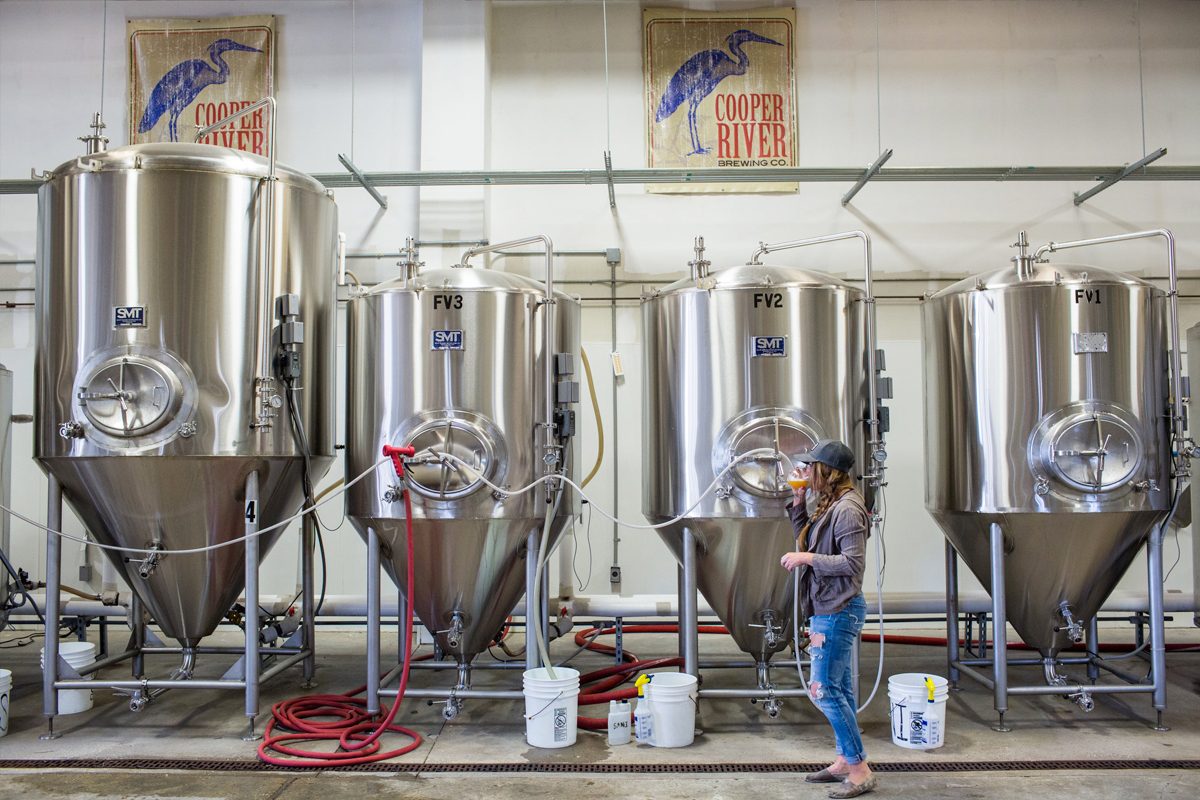
Choosing a Location
Factors to Consider
The location of your microbrewery can significantly impact your success. Consider the following factors when choosing a location:
- Demographics: The population density and demographics of the area should align with your target market.
- Foot Traffic: Areas with high foot traffic, such as downtown districts or popular neighborhoods, can help attract customers.
- Zoning Laws: Ensure the location complies with local zoning laws for alcohol production and sales.
- Proximity to Suppliers: Being close to suppliers can reduce shipping costs and ensure a steady supply of raw materials.
- Space Requirements: Consider the size of the building, including space for brewery equipment, storage, and a tasting room or taproom if applicable.
Leasing VS Purchasing
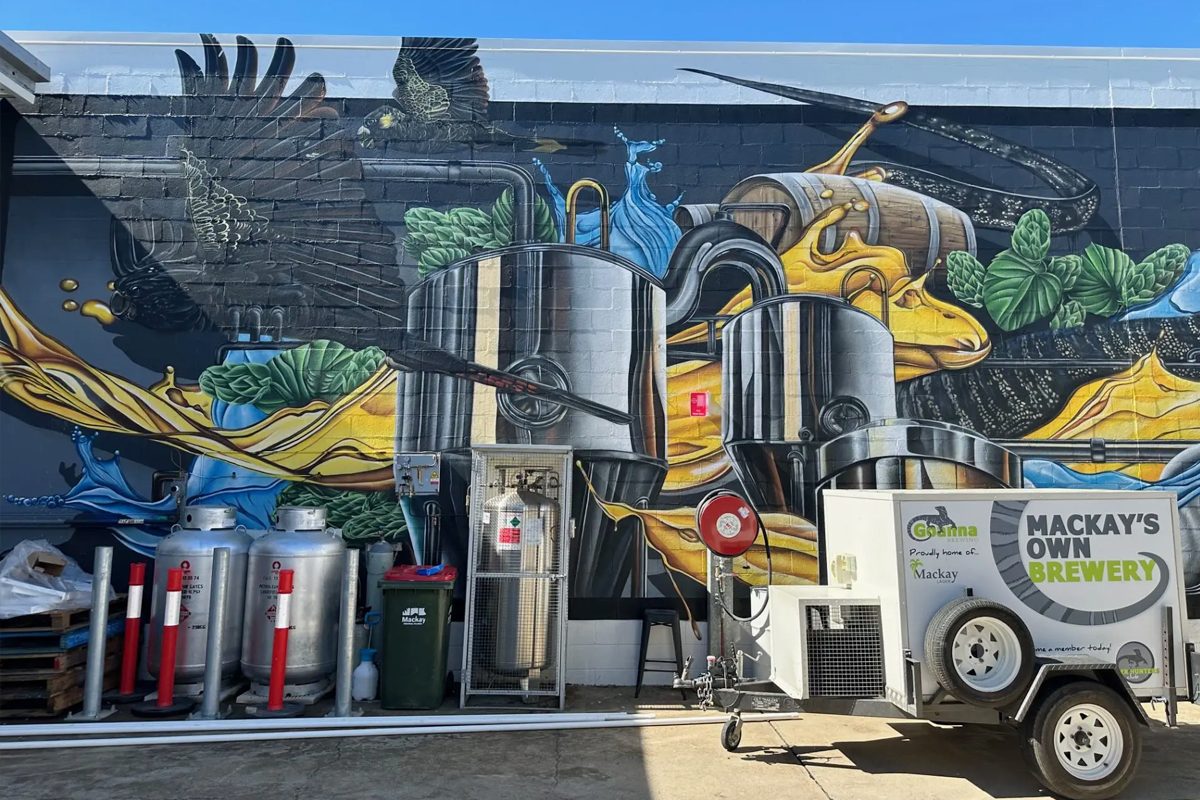
Designing the Brewery
Brewery Layout
The layout of the brewery ensures efficient production and a smooth workflow. Consider the following when designing your brewery:
- Production Area: The heart of your brewery, where the brewing, fermenting, and packaging take place. Ensure there is enough space for all necessary equipment, as well as room for future expansion.
- Storage: Adequate storage space needs to be provided for raw materials (such as malt, hops, and yeast), finished products, and packaging materials.
- Tasting Room/Taproom: If you plan to include a tasting room or taproom, design the space to be welcoming and comfortable for customers. The layout should facilitate easy flow between the bar area and seating.
- Office Space: Include office space for administrative tasks, such as accounting, marketing, and sales.
Equipment Selection
The equipment you choose for your microbrewery will directly impact the quality and consistency of your beer. Common brewery equipment includes:
- Brewhouse: Consisting of the mash tun, lauter tun, brew kettle, and whirlpool, the brewhouse is where the brewing process begins.
- Fermentation Tanks: These vessels allow the wort to ferment and turn into beer. Fermentation tanks come in various sizes and configurations, depending on your production volume.
- Brite Tanks: Used for aging, clarifying, and carbonating beer before packaging.
- Cooling System: Essential for maintaining proper fermentation temperatures.
- Packaging Equipment: Whether you’re bottling, canning, or kegging your beer, you’ll need equipment to package your finished product.
- Clean and Sanitary Equipment: Ensuring that equipment is clean and hygienic can help produce high-quality beer.
Utility Requirements
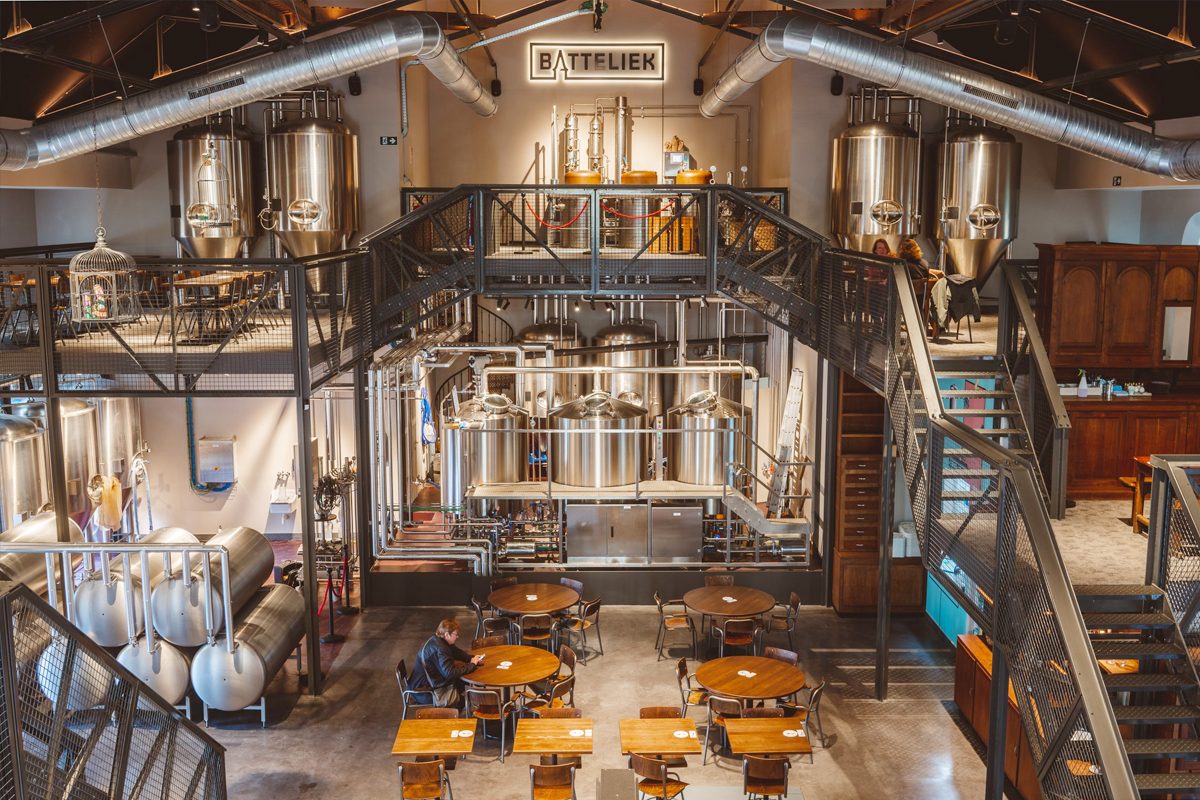
Sourcing Ingredients
Selecting High-Quality Ingredients
The quality of your beer is directly tied to the quality of the ingredients you use. Common brewing ingredients include:
- Malt: Malted barley is the primary grain used in brewing, providing the sugars needed for fermentation. Specialty malts can add unique flavors and colors to your beer.
- Hops: Hops contribute bitterness, flavor, and aroma to beer. Different hop varieties offer distinct characteristics, ranging from floral and citrusy to earthy and piney.
- Yeast: Yeast is responsible for fermenting the sugars in the wort, producing alcohol and carbon dioxide. Different yeast strains can produce a wide range of flavors and aromas.
- Water: Water makes up the majority of beer, so its quality is critical. The mineral content of water can affect the taste and mouthfeel of the finished product.
Building Relationships with Suppliers

Brewing Your Beer
Developing Recipes
The Brewing Process
The brewing process involves several key steps:
- Mashing: In this step, the malt is mixed with hot water in the mash tun to extract fermentable sugars.
- Lautering: The mash is transferred to the lauter tun, where the liquid wort is separated from the grain husks.
- Boiling: The wort is boiled in the brew kettle, and hops are added to provide bitterness and flavor.
- Whirlpooling: After boiling, the wort is spun in the whirlpool to remove hop particles and other solids.
- Fermentation: The wort is cooled and transferred to fermentation tanks, where yeast is added. The yeast ferments the sugars in the wort, producing alcohol and carbon dioxide.
- Conditioning: After fermentation, the beer is conditioned in brite tanks to develop its final flavor and carbonation levels.
- Packaging: The finished beer is packaged in bottles, cans, or kegs for distribution.
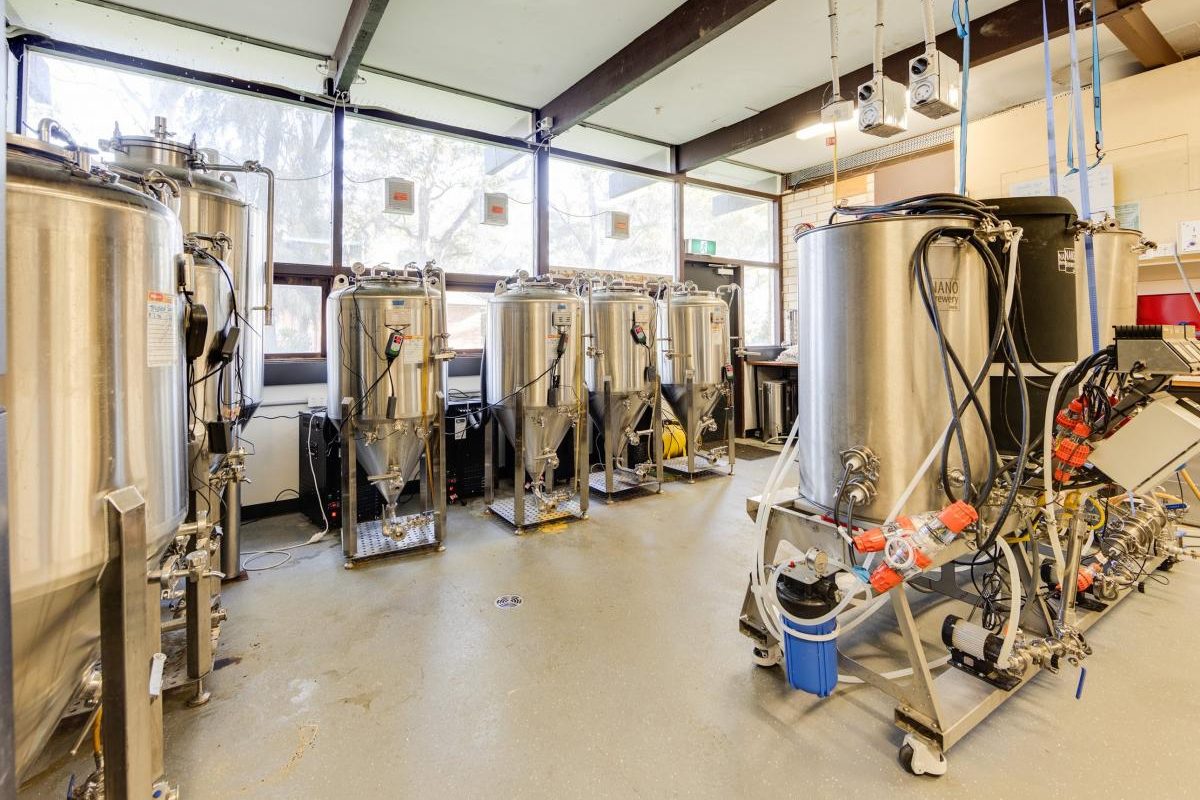
Staffing Your Microbrewery
Key Positions
As your microbrewery grows, you’ll need to hire staff to help with various aspects of the business. Key positions may include:
- Head Brewer: Responsible for overseeing the brewing process and ensuring consistency in the final product.
- Assistant Brewers: Assist the head brewer with brewing, cleaning, and maintenance tasks.
- Cellar Manager: Manages the fermentation and conditioning process, as well as the maintenance of tanks and equipment.
- Sales and Marketing Staff: Handle sales, marketing, and distribution efforts, including managing relationships with distributors and retailers.
- Taproom Staff: If you have a taproom, you’ll need bartenders, servers, and possibly a taproom manager.
Training and Safety
Creating a Positive Work Environment
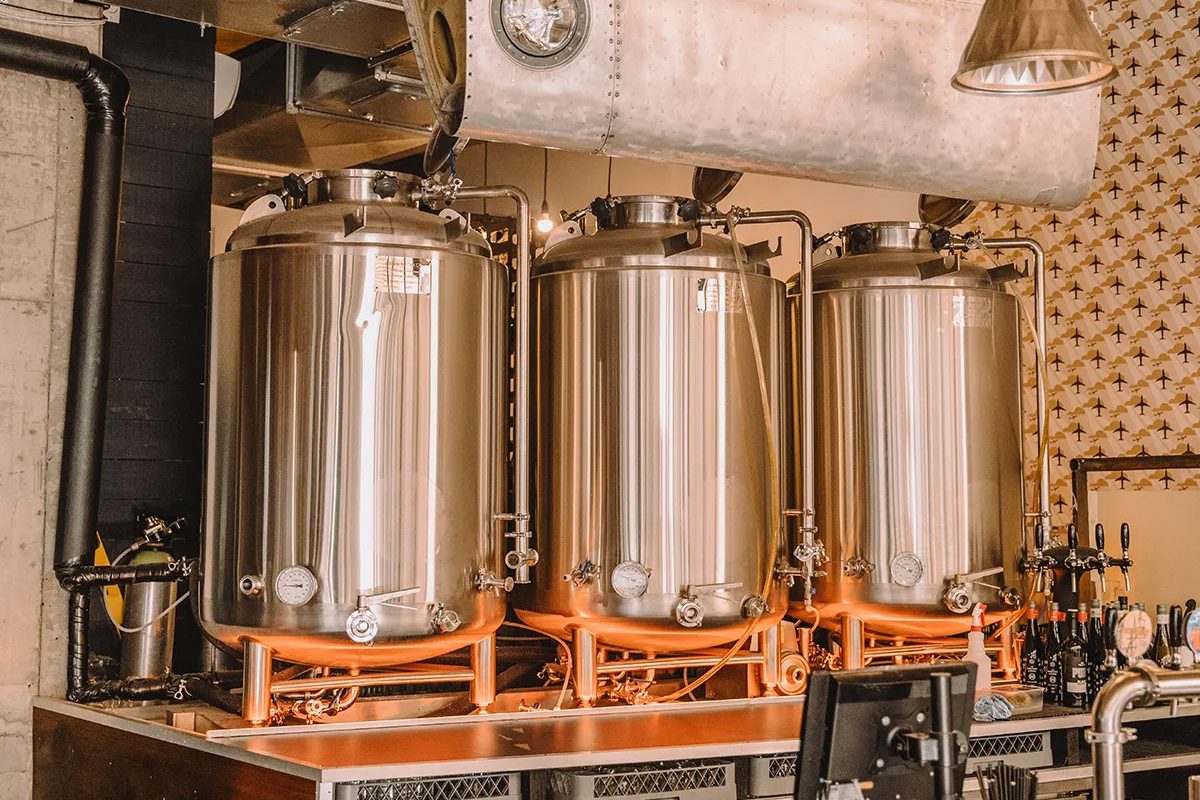
Marketing and Branding Your Microbrewery
Developing Your Brand Identity
Creating a Strong Online Presence
Packaging and Labeling
Distribution Strategies
Deciding how to distribute your beer is a crucial aspect of your business plan. You can distribute your beer directly to customers through a taproom or online sales, or you can partner with distributors to reach a broader market. Each option has its pros and cons, so consider your production capacity, target market, and long-term goals when making this decision.
- Direct-to-Consumer Sales: Selling directly to consumers through taprooms, brewery tours, or online sales allows you to retain full control over your brand and pricing. It also provides an opportunity to build a direct relationship with your customers.
- Distribution Partnerships: Partnering with distributors can help you reach a wider audience, but it often comes with lower profit margins and less control over how your beer is marketed and sold.
Hosting Events and Collaborations
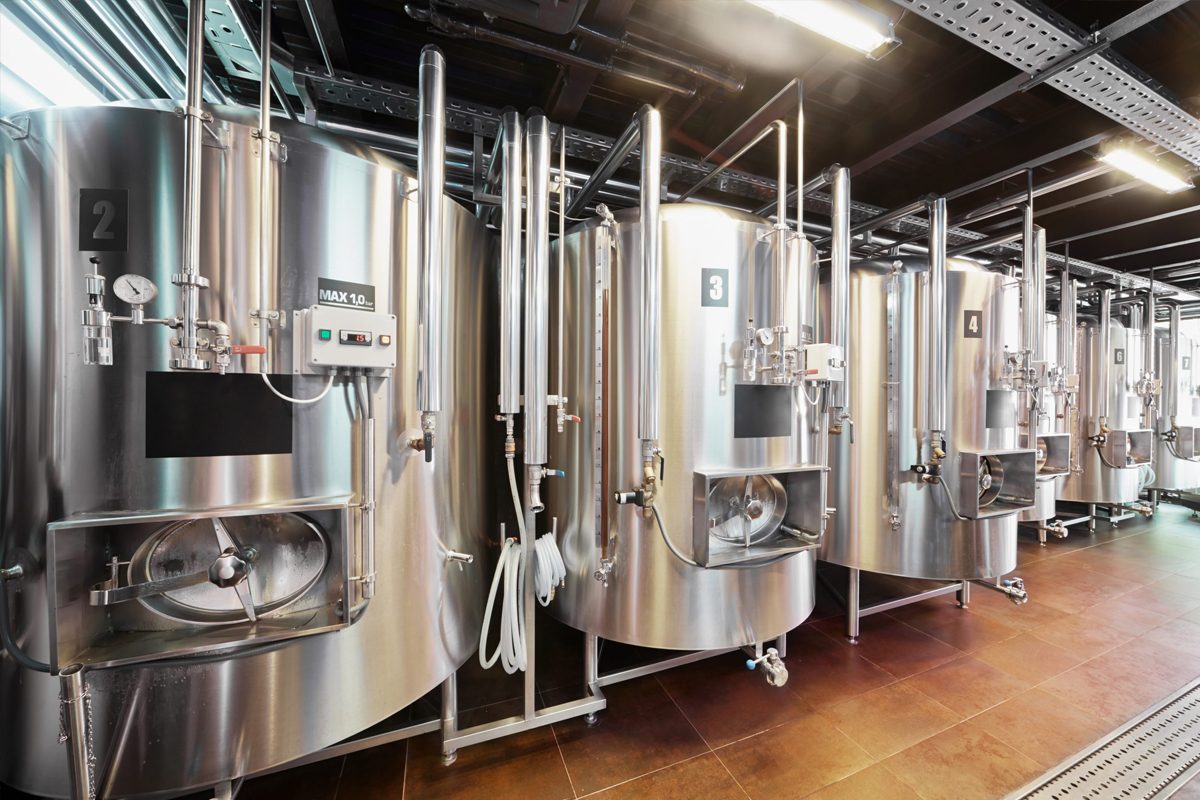
Financial Management and Growth Strategies
Managing Startup Costs
Consider the following strategies to manage costs effectively:
- Leasing Equipment: Leasing brewing equipment instead of purchasing it outright can help reduce initial costs and allow for upgrades as your business grows.
- Phased Expansion: Start with a smaller production capacity and gradually expand as demand increases. This approach allows you to manage costs more effectively and avoid the risks associated with rapid expansion.
- Crowdfunding: Crowdfunding platforms like Kickstarter or Indiegogo can help raise funds for your microbrewery while also building a community of supporters before you even open your doors.
Monitoring Cash Flow
Revenue Streams
Scaling Your Business
As your microbrewery gains popularity, you may want to consider scaling your business to meet increased demand. Scaling can involve expanding your production capacity, adding new beer styles, or opening additional locations. However, it’s important to scale strategically to avoid overextending your resources.
- Increase Production Capacity: Investing in larger or additional brewing equipment can help you meet growing demand. Ensure that your brewery’s infrastructure can support the increased production, including sufficient storage, utilities, and staffing.
- Expand Distribution: As your brand grows, consider expanding your distribution network to reach new markets. This may involve partnering with additional distributors or entering new geographic regions.
- Open a Second Location: If your first location is successful, opening a second location can help you tap into new markets. However, carefully consider the financial and logistical challenges of managing multiple locations.
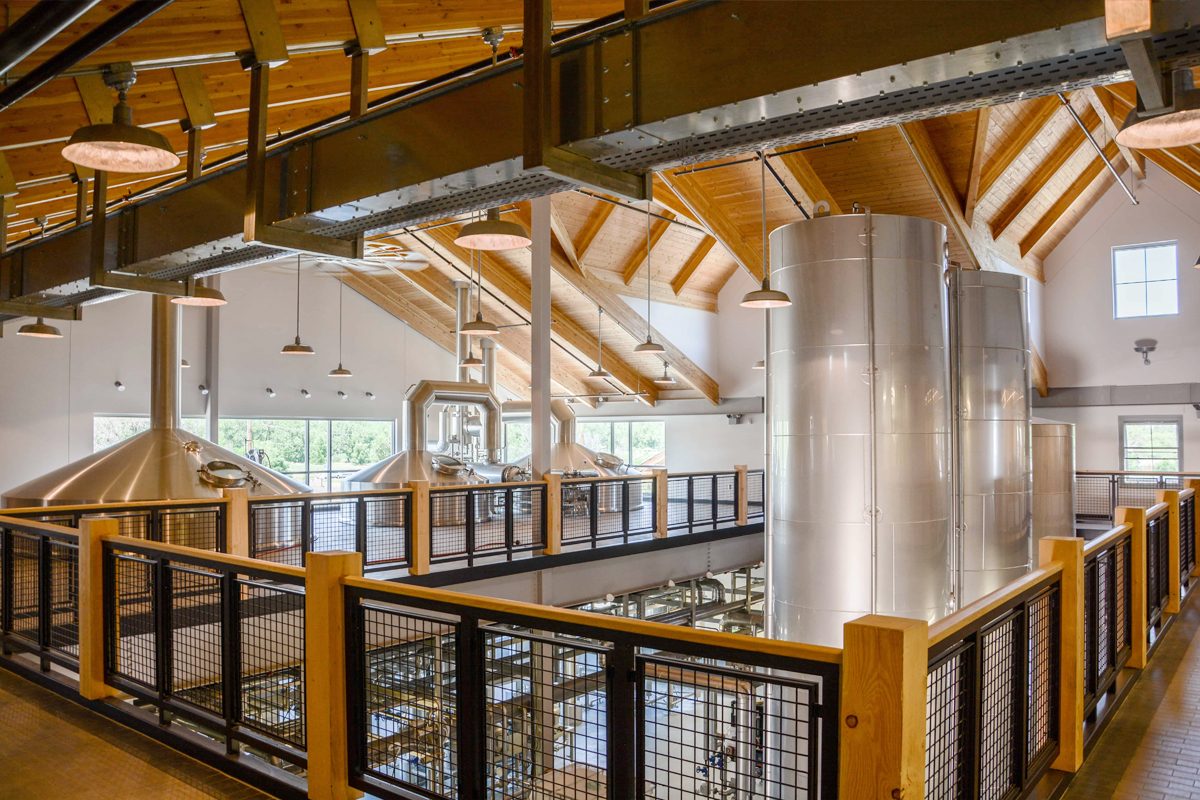
Sustainability and Community Engagement
Implementing Sustainable Practices
Sustainability is increasingly important to consumers, and implementing sustainable practices can help your microbrewery stand out in a competitive market. Consider the following sustainability initiatives:
- Water Conservation: Brewing is a water-intensive process, so implementing water-saving technologies and practices can reduce your brewery’s environmental impact.
- Energy Efficiency: Invest in energy-efficient equipment and explore renewable energy options such as solar panels to reduce your brewery’s carbon footprint.
- Waste Management: Implement a comprehensive waste management plan that includes recycling, composting, and reusing spent grain.
- Sustainable Sourcing: Source ingredients from local, organic, or sustainable suppliers whenever possible.
Engaging with the Local Community

Challenges and Solutions
Common Challenges
Building and operating a microbrewery comes with its share of challenges. Some common challenges include:
- Regulatory Compliance: Navigating the complex web of federal, state, and local regulations can be time-consuming and costly. Staying informed and working with legal experts can help you avoid compliance issues.
- Competition: The craft beer market is highly competitive, with new breweries opening regularly. Differentiating your brand and maintaining high-quality products is essential for long-term success.
- Supply Chain Disruptions: Supply chain disruptions can impact your ability to source ingredients and equipment. Building strong relationships with suppliers and maintaining a diversified supply chain can help mitigate these risks.
- Cash Flow Management: Managing cash flow is a common challenge for small businesses. Regular financial planning and monitoring can help you maintain a healthy cash flow and avoid financial pitfalls.
Solutions and Strategies
Addressing these challenges requires proactive planning and a willingness to adapt. Some strategies for overcoming challenges include:
- Continuous Learning: Stay informed about industry trends, regulatory changes, and best practices. Attend industry conferences, join trade associations, and participate in local brewing communities to keep your skills and knowledge up-to-date.
- Flexibility and Adaptability: The craft beer market is constantly evolving, so being flexible and willing to adapt to changing consumer preferences and market conditions is crucial for long-term success.
- Building a Strong Team: Surround yourself with a skilled and dedicated team that shares your vision and passion for brewing. A strong team can help you navigate challenges and drive your business forward.
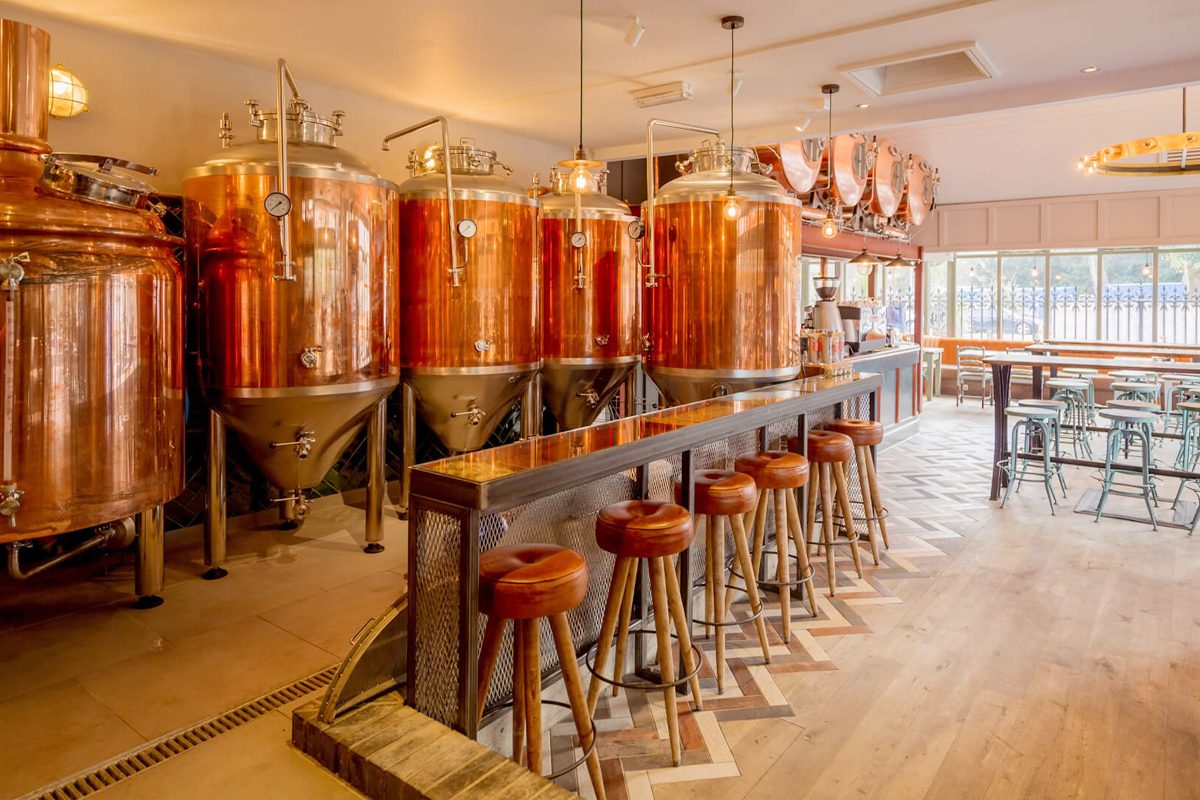
Summary
